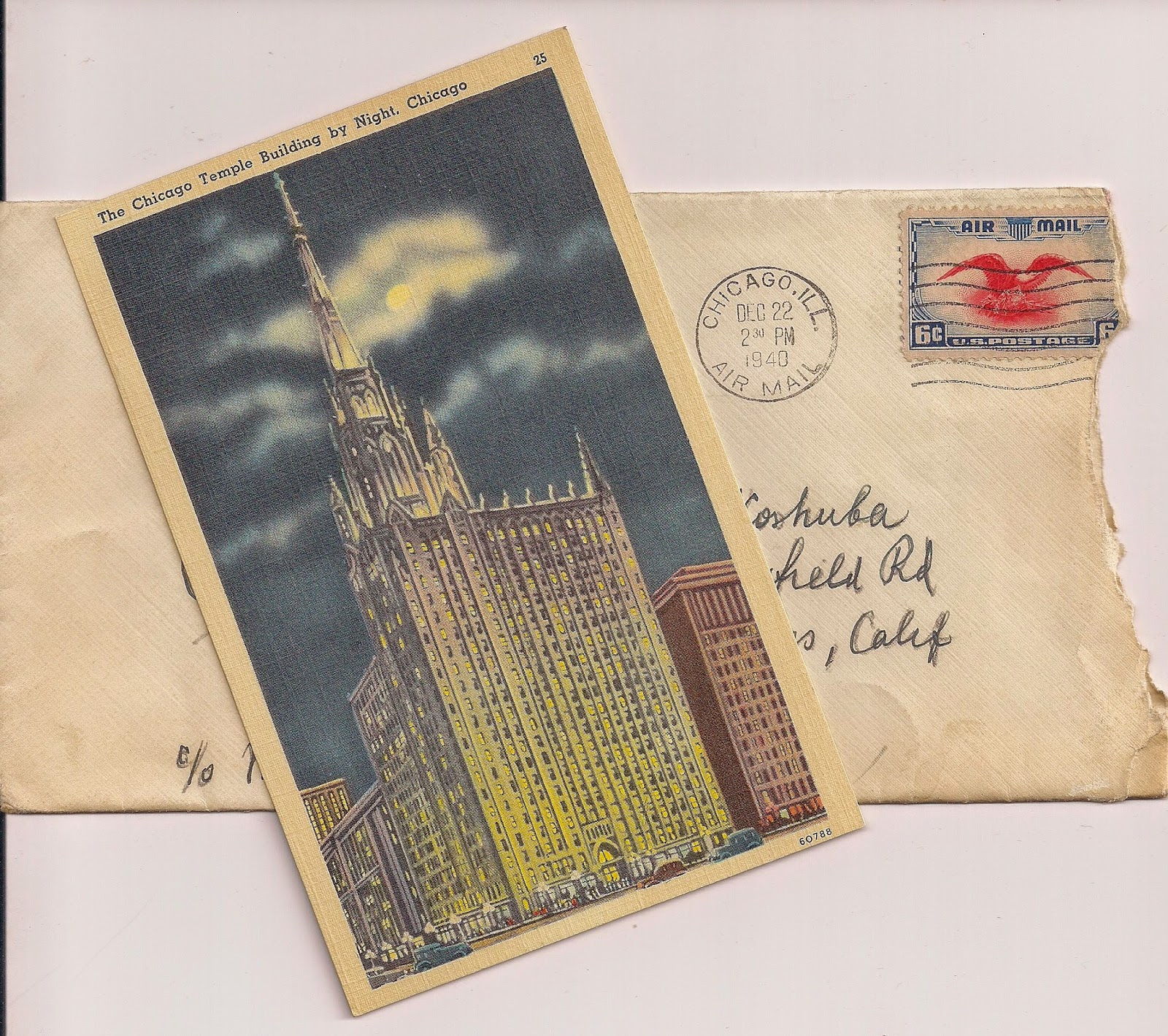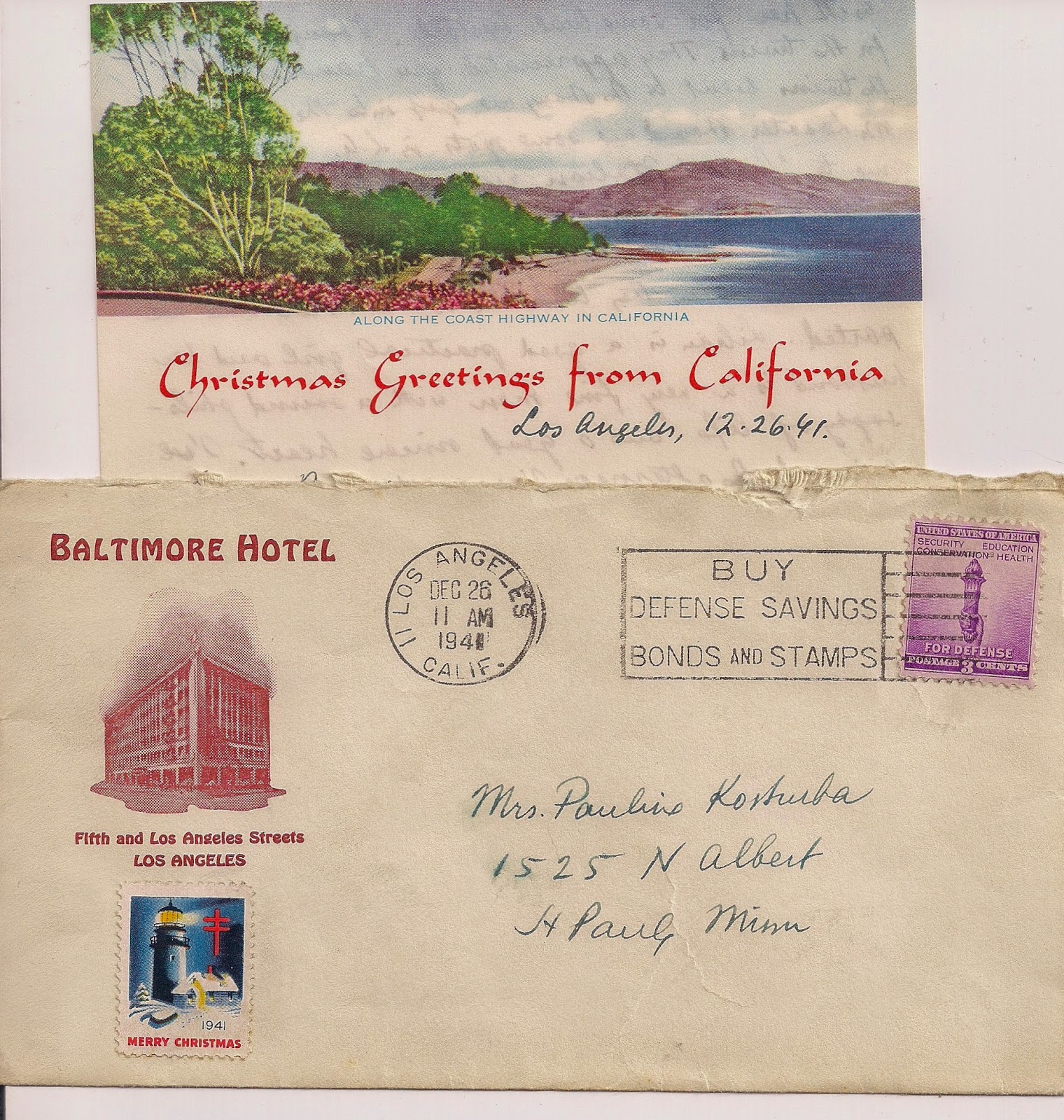| "Moses on Mount Sinai". Painting by Jean-Leon Jerome, 1895-1900. |
Shavuot is the commemoration
of Moses receiving the Ten Commandments from God on Mount Sinai, and the
acceptance of the Law by the Jewish people. It occurrs seven weeks after
Passover, counting from the second day.
Shavuot is also one of the three
ancient Jewish pilgrimage holidays, Passover, Shavuot and Sukkot, when Jews in
Israel were required to travel to Jerusalem and to offerings to the
Temple. The offerings brought on were the first fruits of the land, which in ancient Israel was barley, which was ready
to harvest in the spring.
Since Shavuot has a strong
agricultural base, The Jews of Eastern Europe decorated their homes and the
Synagogue with garlands, flowers and greenery. The greenery was a reminder of the grass that the Jews stood on when Moses came down from Mount Sinai with the Ten Commandments. The holiday was celebrated in the
Synagogue and in the home. Since the Jews were promised a “Land of milk and
honey” by God, dairy products are served on Shavuot. Orthodox Jews in Eastern Europe observed Shavuot for two
days. On the first day, only dairy
foods were eaten, which included many dishes made with cheese. Cheese filled kreplach,
(dumplings) made in triangle shapes were served on the first night of Shavuot.
A dinner which included meat was served
on the second day. Two loaves of
challah were baked, one long one with a braided dough ladder on the top, and
one round.
| Triangle shaped Kreplach for Shavuot |
| A "Seven Heavens" Challah for Shavuot |
| Ladder Challah for Shavuot |
In Eastern Europe, young children between the ages of three and five, began their study of the Torah during Shavuot. They were given honey, cake and candy so they would associate Torah study with sweetness and joy.
Another interesting custom
that developed around Shavuot was the making of paper cuts called Shavuoslekh
(little Shavuot) or roiselekh (little roses). These were elaborate designs made from paper cut in intricate
designs. This custom was practiced
primarily in Ukraine and Lithuania: in Galicia and Bukovina in
Ukraine, and in neighboring areas of Poland and Russia. The designs were floral, or traditional
Jewish motifs.
Sources:
Jewish Life: Shavuot in the
Community. The Jewish Federation
of North America. MyJewishLearning.com: Shavuot in the Community.
Jewish Life: Shavuot at Home. The Jewish
Federation of North American, MyJewishLearning.com: Shavuot at Home.
Ross, Lesli Koppleman. Shavuot Decorations.
MyJewishLearning.com, The Jewish Federation of North America.











